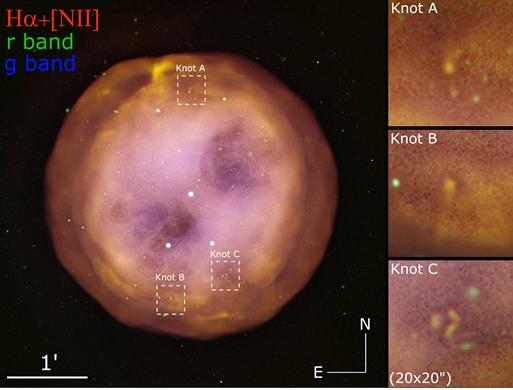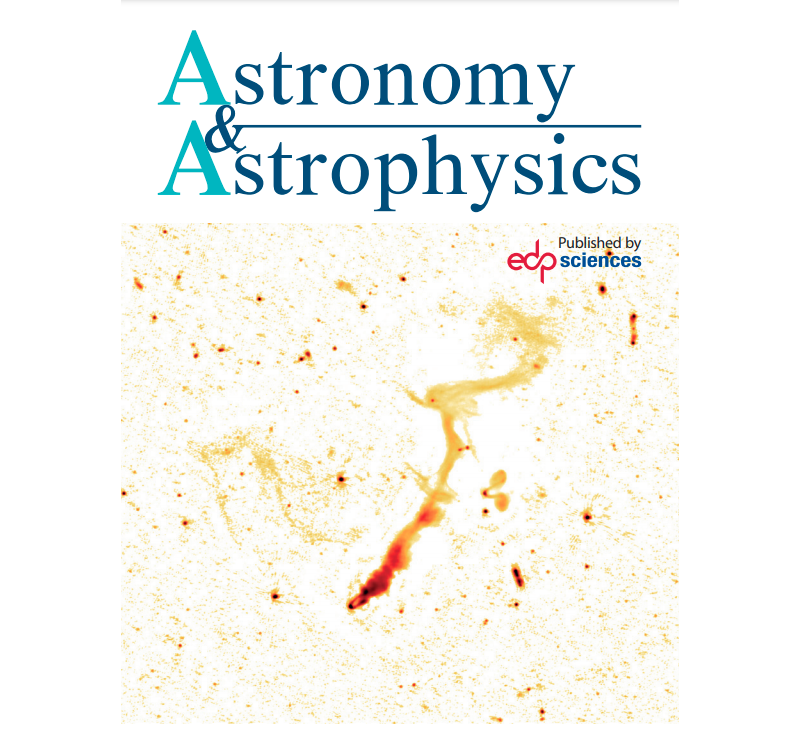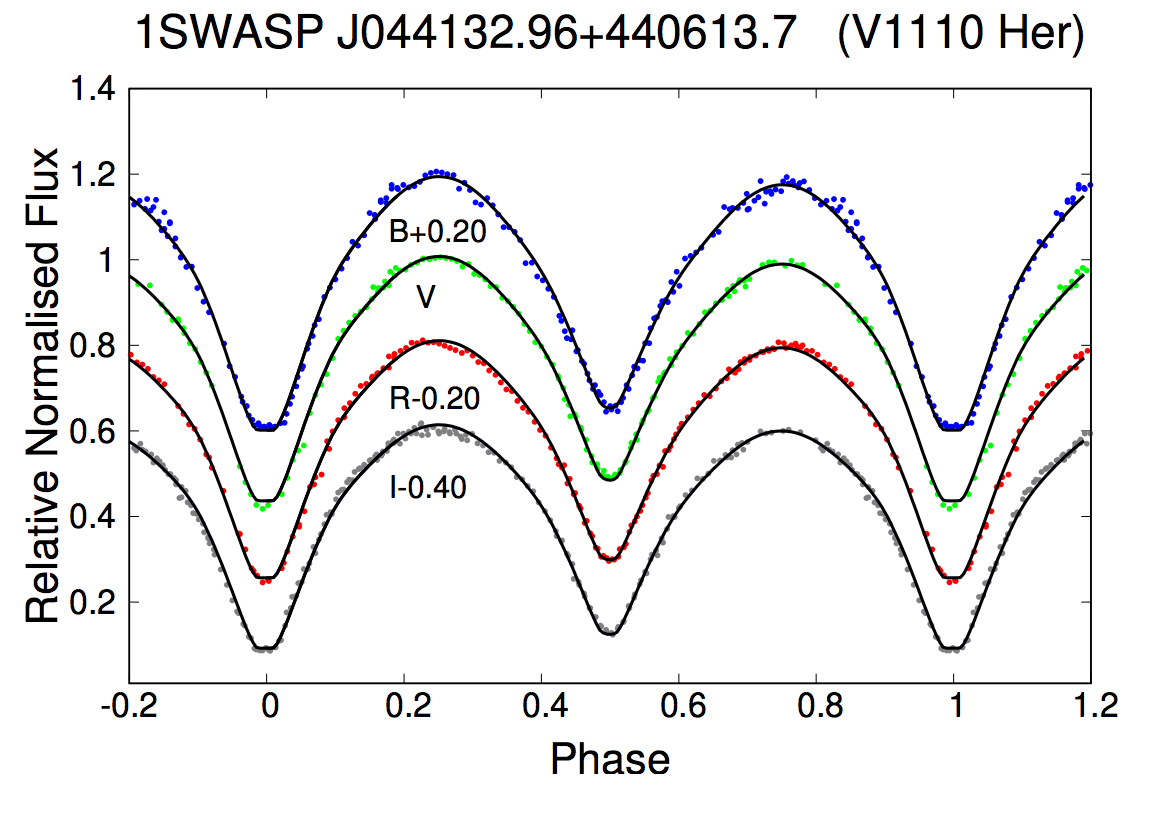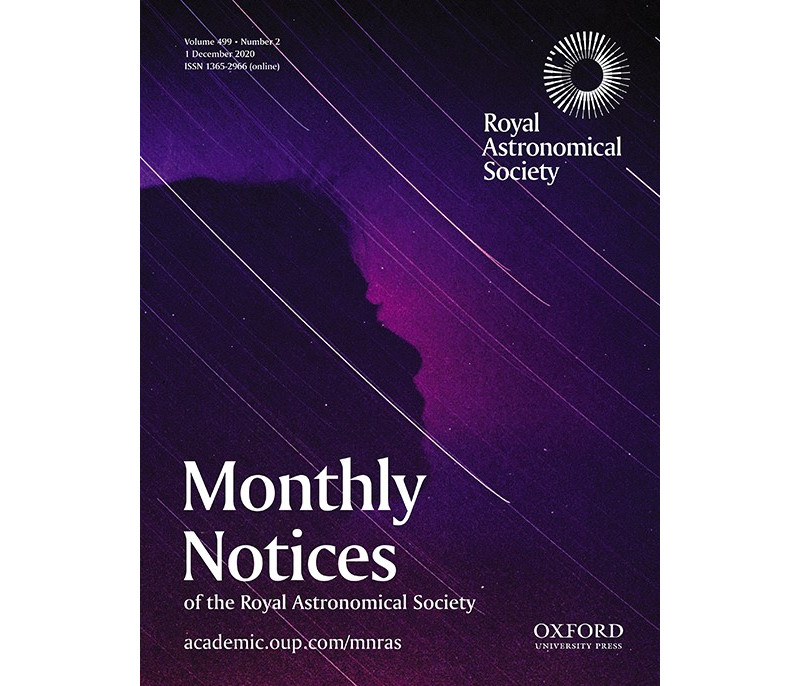In case of a publication based on Aristarchos data please take into account the following guidelines:
Credit “Aristarchos telescope” in published papers:
Publications based wholly or in part on data obtained at the Aristarchos telescope are required to carry the following Acknowledgment, primarily as a footnote to the title but, if such footnotes are not permitted by the journal, book, etc, then in the Acknowledgments section of the paper itself:
“Based on observations made with the 2.3m Aristarchos telescope, Helmos Observatory, Greece, which is operated by the Institute for Astronomy, Astrophysics, Space Applications and Remote Sensing of the National Observatory of Athens, Greece.”
Latest Publications
H2 molecular gas in the old planetary nebula NGC 3587
Ramos-Larios G., Guerrero M. A., Toalá J. A., Akras S., Fang X.
‘Ears’ formation in supernova remnants: overhearing an interaction history with bipolar circumstellar structures
A characteristic feature that is frequently found in nearby supernova remnants (SNRs) is the existence of two antisymmetric, local protrusions that are projected as two 'ears' in the morphology of the nebula. In this paper, we present a novel scenario for the 'ear' formation process,
Edge-on boxes with X-features as parts of galactic bars – NGC 352: A direct piece of observational evidence
This paper is a contribution to the discussion about whether the X/peanut component is part of the bar, or the bar itself. Our goal is to present a clear-cut case of a barred-spiral galaxy in which all structural components (i.e. the thick and thin part of the bar and the spiral arms) can be observed in its image and their dimensions directly measured there. We obtained deep images of the nearby galaxy NGC 352, which has an ideal inclination allowing us to observe all of the parts that compose its morphology, estimate their relative sizes, and determine the topology of the luminous matter...
CoBiToM project – I. Contact binaries towards merging
Binary and multiple stellar systems are numerous in our solar neighbourhood with 80 per cent of the solar-type stars being members of systems with high order multiplicity. The Contact Binaries Towards Merging (CoBiToM) Project is a programme that focuses on contact binaries and multiple stellar systems, as a key for understanding stellar nature. The goal is to investigate stellar coalescence and merging processes, as the final state of stellar evolution of low-mass contact binary systems. Obtaining observational data of approximately 100 eclipsing binaries and multiple systems and more than 400 archival systems, the programme aspires to give insights for their physical and orbital parameters and their temporal variations, e.g. the orbital period ...
Asteroseismology of two Kepler detached eclipsing binaries
The present work contains light curve, spectroscopic, and asteroseismic analyses for KIC 04851217 and KIC 10686876. These systems are detached eclipsing binaries hosting a pulsating component of δ Scuti type and have been observed with the unprecedented accuracy of the Kepler space telescope. Using ground-based spectroscopic observations, the spectral types of the primary components of the systems were estimated as A6V and A5V for KIC 04851217 and KIC 10686876, respectively, with an uncertainty of one subclass. The present spectral classification, together with literature radial velocity curves, were used to model the light curves of the systems and, therefore, to calculate the absolute parameters of their ...
Two new nova shells associated with V4362 Sagittarii and DO Aquilae
A classical nova is an eruption on the surface of a white dwarf in an accreting binary system. The material ejected from the white dwarf surface generally forms an axisymmetric shell. The shaping mechanisms of nova shells are probes of the processes that take place at energy scales between planetary nebulae and supernova remnants. We report on the discovery of nova shells surrounding the ...





